Deserts of the United States
Introduction
Deserts of the United States are diverse and unique ecosystems that span across several states. These arid regions are characterized by low rainfall, extreme temperatures, and unique flora and fauna adapted to survive in such harsh conditions. The United States is home to four major deserts: the Great Basin Desert, the Mojave Desert, the Sonoran Desert, and the Chihuahuan Desert. Each of these deserts has its own distinct characteristics and biodiversity.
Great Basin Desert

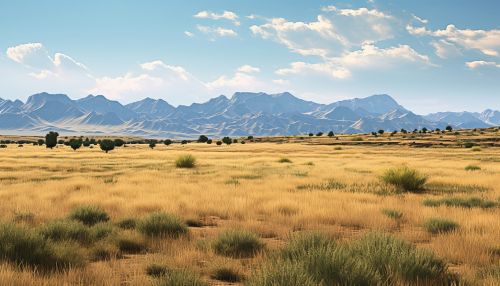
The Great Basin Desert, the largest desert in the United States, spans across Nevada, Utah, and parts of California, Idaho, and Oregon. This cold desert experiences hot, dry summers and snowy winters. The vegetation is primarily composed of sagebrush and other hardy shrubs adapted to the desert's alkaline soil. The desert is also home to a variety of wildlife, including the pronghorn, the fastest land mammal in the Western Hemisphere.
Mojave Desert
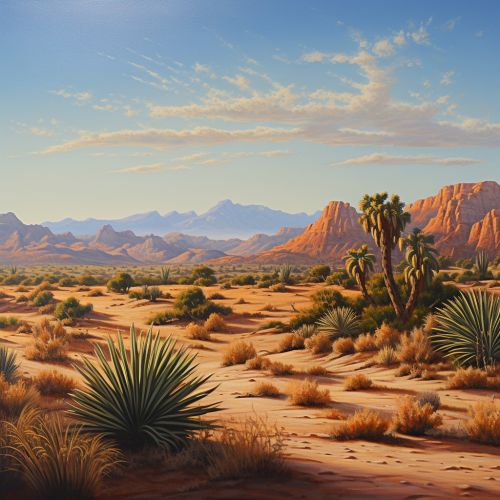
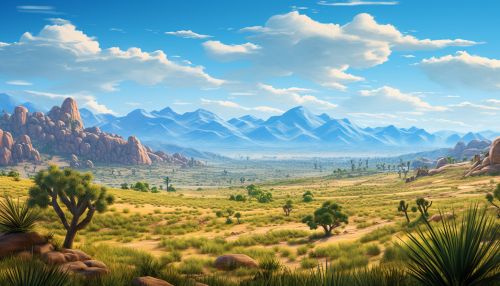
The Mojave Desert, located primarily in southeastern California, is known for its iconic Joshua Trees. This hot desert is also home to the infamous Death Valley, the hottest and driest place in North America. Despite the harsh conditions, a variety of wildlife, including the desert tortoise and the Mojave rattlesnake, thrive in this environment.
Sonoran Desert

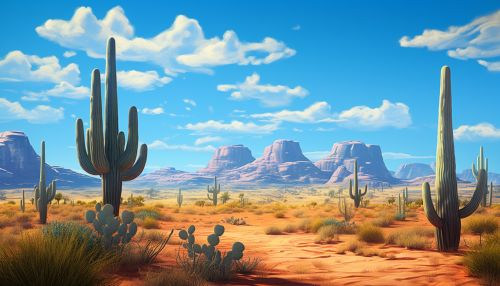
The Sonoran Desert spans across Arizona, California, and parts of Mexico. This desert is the hottest in Mexico and is known for its diverse plant life, including the iconic saguaro cactus. The Sonoran Desert is also home to a variety of unique wildlife, such as the Gila monster and the Sonoran Desert toad.
Chihuahuan Desert
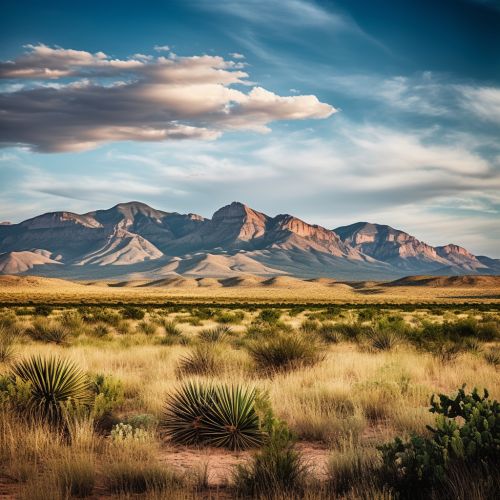
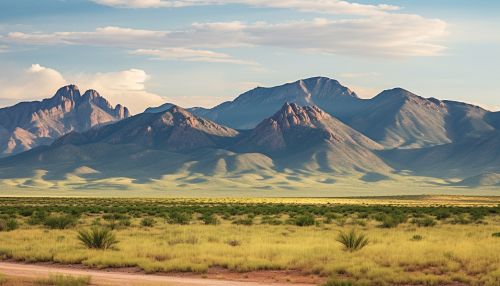
The Chihuahuan Desert, primarily located in Mexico, also extends into Texas and New Mexico. This desert is characterized by its shrublands and is home to a variety of wildlife, including the Mexican gray wolf and the roadrunner.
Desert Conservation
Conservation efforts in these deserts focus on preserving the unique ecosystems and protecting the endangered species that inhabit them. These efforts include habitat restoration, invasive species management, and wildlife conservation programs.
